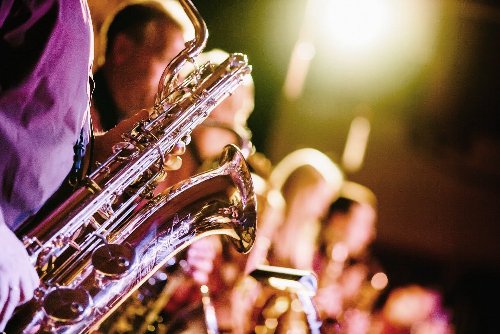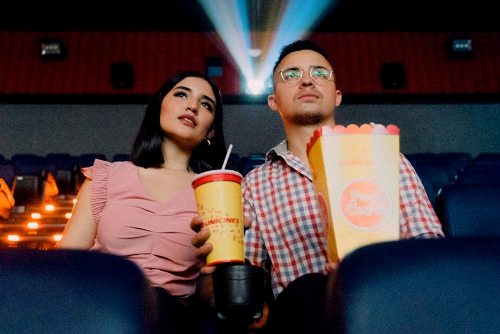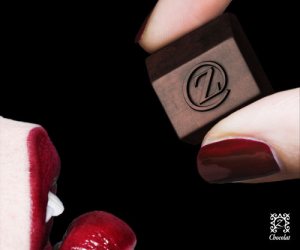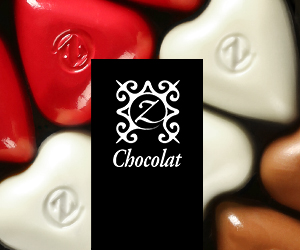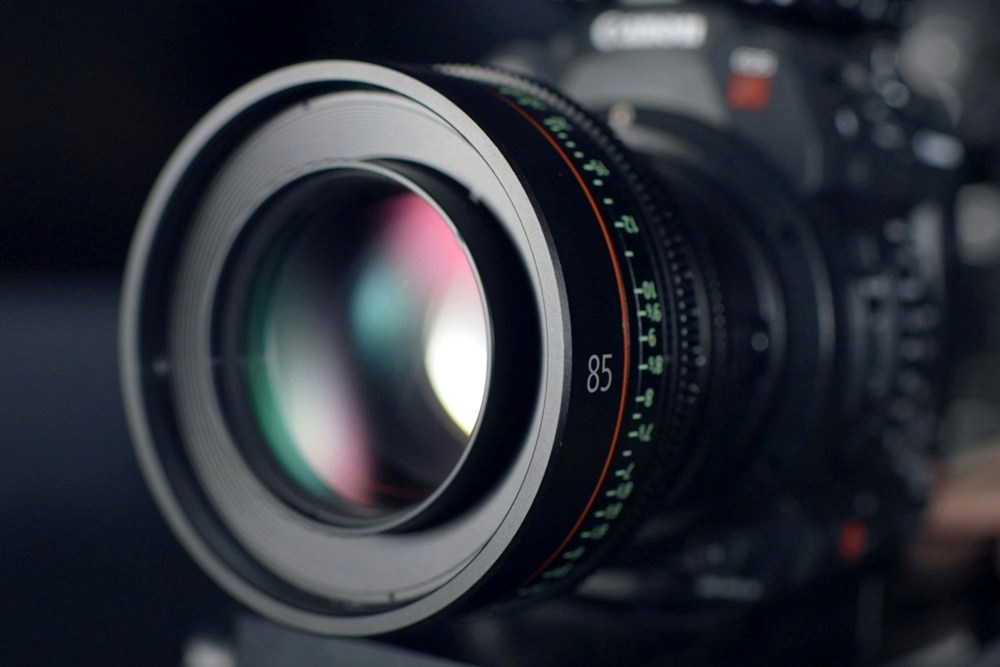
Photography is more than just pointing a camera at a subject and pressing the shutter. Much of the creative power lies in the lens, where decisions about focal length, aperture, and lens type shape not only the image quality but the story it tells. Choosing the right lens can elevate a photograph from ordinary to unforgettable, yet many photographers underestimate this vital step. Whether shooting a serene landscape or capturing the dynamic energy of a street scene, the right lens brings clarity, character, and creative edge to each frame. Understanding how a photographer pairs the right optics with specific styles is essential to developing a distinctive visual voice.
Understanding Lens Focal Length
Focal length influences how much of a scene is captured and how subjects appear in relation to each other. A shorter focal length, such as 24mm, widens the field of view, making it ideal for architecture or sweeping vistas. It draws the viewer into a broader scene and enhances depth, sometimes creating subtle distortions that add dramatic flair. In contrast, a longer lens like 200mm compresses distance and isolates subjects, which is why it's favored for wildlife, sports, and portraiture. A mid-range lens, such as 50mm, closely mimics natural vision and offers versatility. Recognizing the visual impact of focal length helps align technical choices with creative intentions.
Aperture and Light Control
A lens's maximum aperture, represented by an f-number, determines how much light enters and how shallow the depth of field can be. A wide aperture, like f/1.4, allows for beautifully blurred backgrounds and better performance in low light. It's a favorite for portrait photographers aiming to make subjects pop against creamy bokeh. Smaller apertures, such as f/16, bring more of the scene into sharp focus and are useful for landscapes or architectural images. Aperture also affects image sharpness and lens weight, with faster lenses often being bulkier and more expensive. Balancing artistic effect with practicality is key when weighing aperture specifications.
Deciding Between Prime and Zoom
Prime lenses have a fixed focal length and often deliver superior sharpness, lighter weight, and wider apertures. They encourage deliberate composition by requiring photographers to physically move for the shot. Zoom lenses, on the other hand, offer flexible focal lengths in a single package, such as 24–70mm or 70–200mm, making them excellent for travel or dynamic settings. Each has its merits depending on usage. For ultimate image quality, many professionals lean toward primes, but zooms offer undeniable convenience. The best choice depends on both creative goals and practical needs, especially when factoring in environments like weddings or photography in the wild.
Considering Sensor Compatibility
Lens performance changes depending on the camera's sensor size. Full-frame sensors capture the entire image projected by a lens, preserving true focal length. Crop sensors, like APS-C, effectively increase focal length by a factor (typically 1.5x), turning a 50mm lens into a 75mm equivalent. This can be advantageous for telephoto needs but limiting for wide-angle work. Some lenses are specifically designed for crop-sensor bodies and may not function properly on full-frame cameras. Understanding this relationship ensures optimal framing and avoids vignetting or resolution loss. Matching lens and sensor type ensures the camera performs as the designer intended, preserving image quality across the board.
Evaluating Build and Features
Build quality varies widely between lenses and can make a significant difference in challenging shooting conditions. Professional-grade lenses often feature weather sealing, metal mounts, and precise internal mechanics for enhanced durability and focus reliability. Image stabilization, while not a substitute for steady hands or tripods, is a valuable asset in low-light or handheld scenarios. Autofocus speed and accuracy are also crucial, especially for action or documentary work. Some lenses are built with specialized glass or coatings that reduce chromatic aberration and flare. Investing in higher-quality optics pays dividends in both image consistency and equipment longevity.
Finding the ideal lens is not a one-size-fits-all endeavor. Each decision, from focal length to aperture, affects how the story unfolds through the frame. No lens is perfect for every situation; rather, the right choice depends on the subject, the environment, and the photographer's intent. Exploring different types, experimenting with combinations, and refining preferences over time allows photographers to better express their unique perspectives. As tastes evolve and skills sharpen, so too does the understanding of what truly makes a lens right for the job. With informed choices and a curious eye, the gear becomes an extension of the artist.
EDITORIAL POLICY
The Flash List is dedicated to providing trustworthy editorial content by maintaining strict ethical standards, journalistic integrity, and credible professionalism regardless of any remuneration as working media. The Flash List is not affiliated with third-party companies mentioned and makes no endorsement or guarantee expressed or implied. The preceding article, which contains affiliated link(s) for which compensation was received, is intended for informational reference only and does not constitute advice of any kind. Moreover, a qualified professional should be consulted regarding any lifestyle consideration, medical treatment, or monetary transaction, etc. Content is published in accordance with USFTC regulations and terms and conditions.
MORE ON THE FLASH LIST











